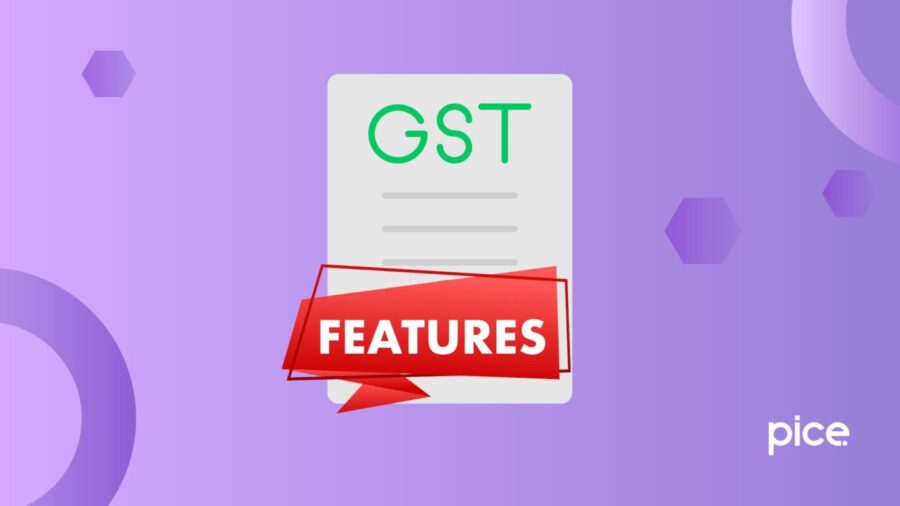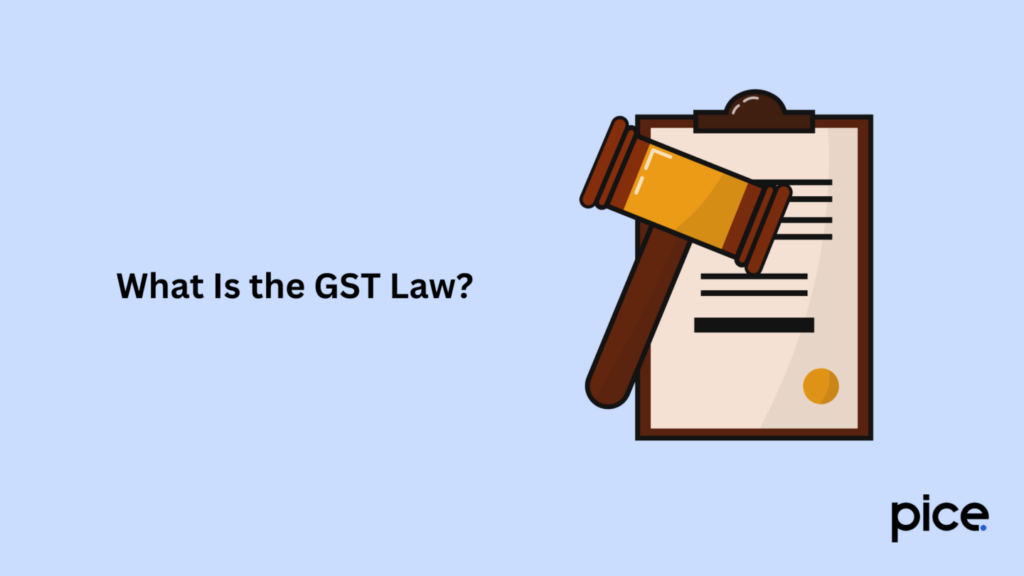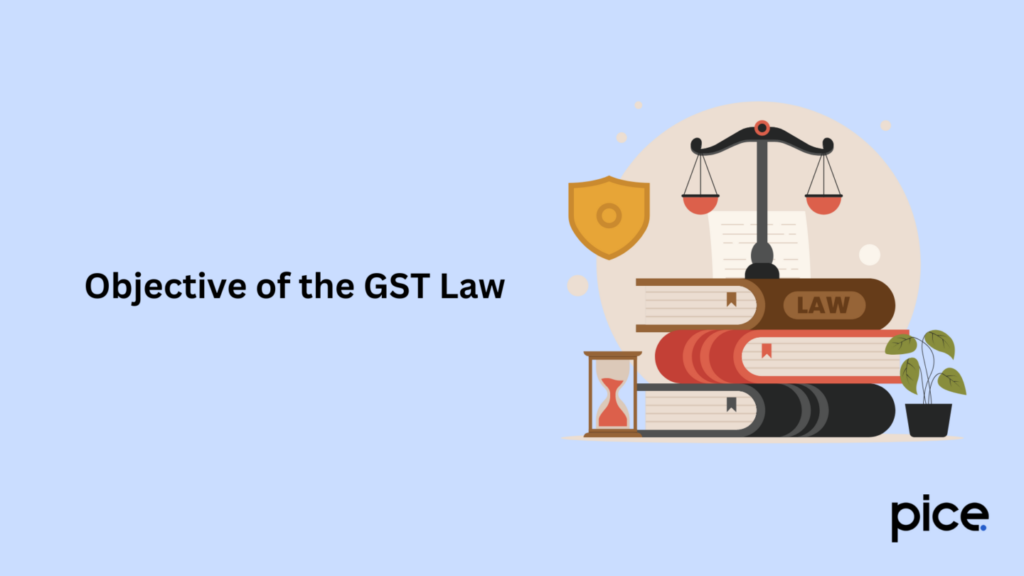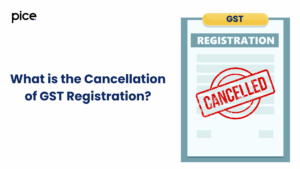What Are the Salient Features of GST?
- 3 Sep 24
- 9 mins

What Are the Salient Features of GST?
Key Takeaways
- Unified Tax System: GST has replaced multiple indirect taxes with a single, streamlined tax structure across India, promoting the concept of 'One Nation, One Tax'.
- Input Tax Credit: Businesses can reduce their tax liability by claiming input tax credits on taxes paid for inputs used in the production of goods and services.
- Four-Tier Rate Structure: GST applies a multi-tiered tax rate structure, with rates ranging from 0% to 28%, depending on the nature of goods and services.
- E-way Bill System: Mandatory for transporting goods valued over ₹50,000, the E-way bill ensures seamless movement and reduces tax evasion.
- Threshold Exemption: Small businesses with an annual turnover up to ₹40 lakhs are exempt from GST, easing compliance for entrepreneurs.
The Goods and Services Tax (GST) is a multi-stage and destination-based consumption taxation that has replaced indirect and service taxes. The main purpose of this indirect tax is to create a unified market and enhance economic growth. In this blog, we will walk you through a comprehensive guide on the salient features of GST, while highlighting all the associated details that you need to know.
What Is the GST Law?

The GST law introduces a unified tax imposed at every stage of the supply chain. This system allows businesses to offset their tax burden by claiming input tax credits on the tax paid for inputs, thereby streamlining the tax process and reducing the overall tax liability.
What Are the Salient Features of GST in India?
GST is a single tax levied throughout the lifecycle of goods and services. It comprises three types: Central GST (CGST), State GST (SGST) and Integrated GST (IGST), which have reformed the previous tax structure. For instance, excise duty, one of the indirect taxes, has been replaced by CGST. The applicable GST rates vary based on the nature of goods and services, ranging from 0% to 28%.
Let us discuss the top features of GST that everyone needs to know:
- One Nation, One Tax
With GST, the concept of ‘One Nation, One Tax’ has come alive which means a single tax is levied in the entire country when it comes to the supply of goods and services. This concept has helped in forming a uniform tax rate, decreasing compliance costs and streamlining the operations of the business. Previously, different states had varying tax rates, leading to confusion and compliance issues for businesses operating across multiple states.
- Four-Tier Rate Structure
Due to the multi-level tax structure of GST, different goods and services fall under different tax slabs. The reason behind this multi-level tax structure is to put the essential items under low tax rates while keeping the luxury items under higher tax rates. For instance, cigarettes, drinks and luxury lodgings come at higher rates while essential food items are available at lower rates. Following is the four-tier rate structure explained in detail:
- 5% - Food items and medicines
- 12% - Apparel items, packaged foods and so forth
- 18% - Consumer durables, electronic appliances and services
- 28% - Aerated drinks, cigarettes and luxury cars
Along with these four taxes, a Nil rate is there applied to different goods such as grain items. A special rate of 0.25% to 3% is levied on luxury items like stones and jewellery.
- Input Tax Credit
One of the essential salient features of GST is the input tax credit that allows businesses to receive credit for taxes paid on inputs used in the manufacturing of goods or services. Under GST, tax is applied at each supply chain stage and paid by the final consumer. Businesses can claim input tax credits at each stage, except those on the composition scheme.
- E-way Bill System
E-way bill is an essential document required for transporting goods valued more than ₹50,000 within or outside a state. The bill contains a few important details such as the consignor and consignee name, the HSN code, the value, and the invoice number. E-way bill system has been put into practice to make a seamless movement of goods and put an end to the chances of tax evasion.
- Composition Scheme
The composition scheme is levied only to the small taxpayers with a turnover of up to ₹1.5 crores. Taxpayers under this scheme can pay a flat rate and for that, they do not need to maintain any records or file regular returns. Once, the taxpayers fall under this category, they cannot claim for the input tax credit.
- Reverse Charge Mechanism
When recipient needs to pay taxes for goods and products, they fall under this category. Suppliers are not liable to pay taxes in terms of the reverse charge mechanism. This mechanism ascertains that there is no scope for tax evasion and the tax base is expanded enough. Unregistered suppliers are also bound to pay because of this reverse charge mechanism.
- Invoice Matching
The GST system checks if the details filed by the supplier have any discrepancy with the one filed by the recipient. For example, when a supplier submits the GSTR-1 return reflecting sale details, it appears in the recipient’s GSTR-2B statement. This details the recipient’s purchases and available input tax credits. Now, when the recipient submits the GSTR-3B return form to pay their taxes, the system compares the details provided by the suppliers and the recipients. When the data matches, it is stated that both parties have submitted their reports correctly.
- Electronic Filing and Payment
To make the tax system more transparent, the electronic filing and payment of taxes has been introduced. Taxpayers can easily use the electronic medium to make payments. It has saved time and costs in the process of compliance. There is a GSTN portal where taxpayers can file the returns and make the payment.
- Threshold Exemption
GST has exempted those small business owners whose annual turnover is up to ₹40 lakhs. This exemption allows small entrepreneurs to get rid of the compliance load and take a step forward to launch new businesses. For the special category, the threshold limit could be reduced up to ₹20 lakhs.
- HSN Code
A HSN code helps in classifying goods and services. To keep uniformity and reduce disputes in classification, GST has introduced this code. It is a globally recognised system to eliminate any further issues in classification.
- Anti-Profiteering Measures
Businesses should pass on the benefit of low tax rates to the consumers. The tax rates of goods and services need to be decreased. GST laws include anti-profiteering measures to check if the consumers are receiving benefits or not.
- Compliance Rating
GST has started this Compliance Rating for businesses. This rating measures the businesses’ tax compliance with the GST laws and checks the authenticity of the business model. The reason behind introducing this compliance rating is to reduce the non-compliance with the GST laws.
Objective of the GST Law

The objective of the GST law is to reduce the tax burden, enhance economic growth and provide other benefits to consumers and businesses. Apart from these, here are some other objectives that you need to know:
- Streamlining and solidifying the taxation process
- Implementing an easy online process for compliance
- Minimizing cascading effects of taxation
- Applying a uniform tax rate across the country
- Expanding the scope for increased foreign direct investment
Advantages of the GST Law
The following are the advantages of GST law in India:
- Easier compliance for businesses
- Higher revenue efficiency
- A more structured tax rate
Conclusion
The Goods and Services Tax (GST) has introduced substantial changes to the indirect tax system in India. The salient features of GST such as 'one tax, one nation', the composition scheme and the input tax credit have provided significant benefits to business owners. By implementing destination-based taxation, GST has alleviated the burden of excessive taxes and minimized opportunities for tax evasion. Thus, it represents one of the most significant reforms in India's taxation history.
💡If you want to pay your GST with Credit Card, then download Pice Business Payment App. Pice is the one stop app for paying all your business expenses.
 By
By 

















